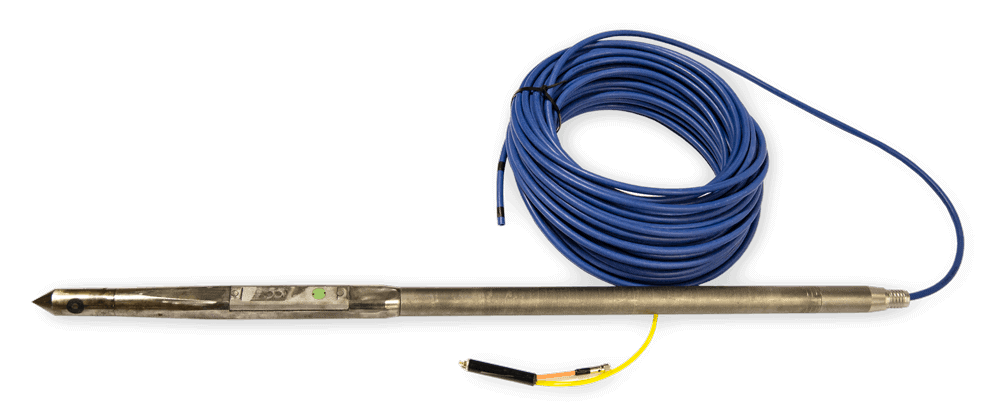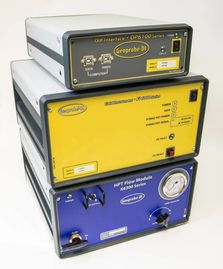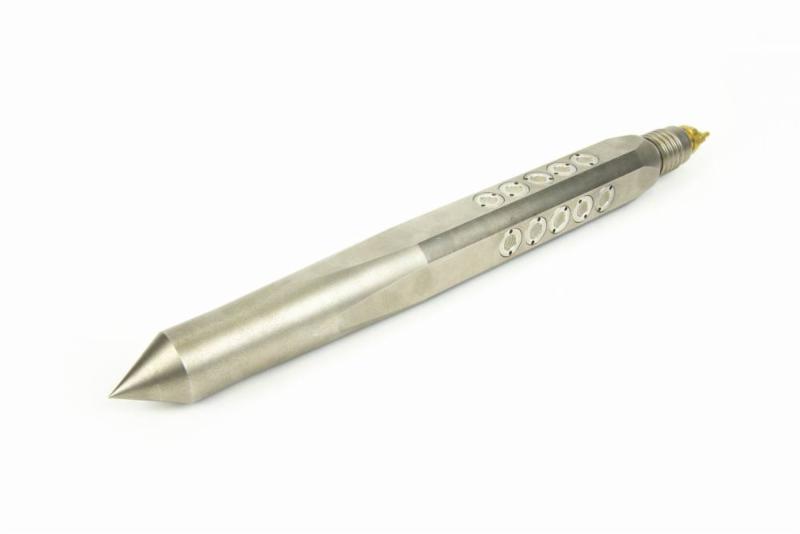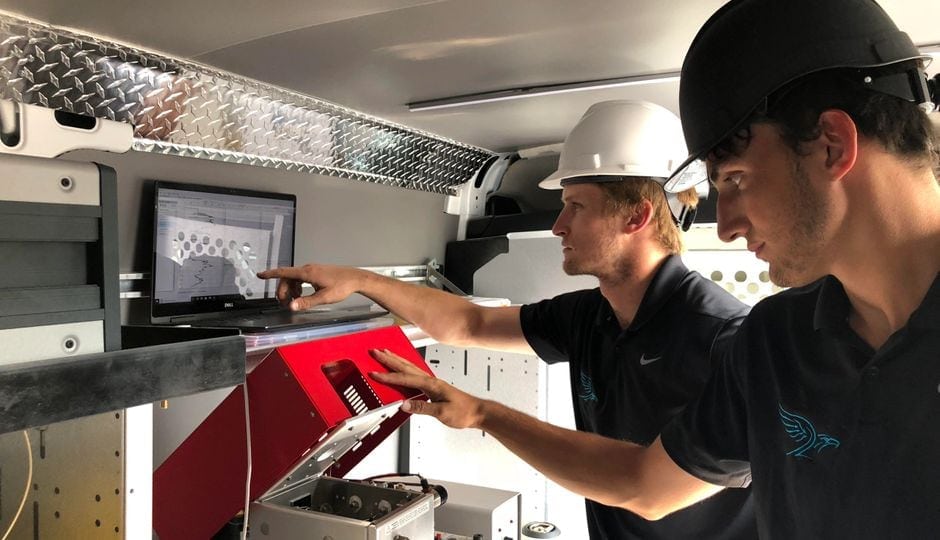
Optimize Your Investigative Phase
Eagle Synergistic Optimizing Technologies, LLC looks forward to assisting you in optimizing your investigative phase. Using advanced HRSC (high resolution site characterization), we perform environmental site assessments by using the latest and most proven tools and technologies.
Our versatile and dynamic team brings over 30 years of experience to the table. We've worked extensively in subsurface imaging, logging, sampling, consulting, 3D modeling, geology, hydrogeology, and geophysics.
HRSC Tools and Technologies
LL-MIP
Low Level Membrane Interface Probe — The LL-MIP operates in a similar manner to our normal MIP tool, however, the LL-MIP enhances detector sensitivity by a factor of approximately 10. LL-MIP operation is beneficial in situations where the standard MIP detector signals have reached practical limits.
The main feature of this technology is to pulse the carrier gas stream that sweeps the internal surface of the MIP membrane. VOC contaminant concentration that is delivered to the MIP detectors is then increased.
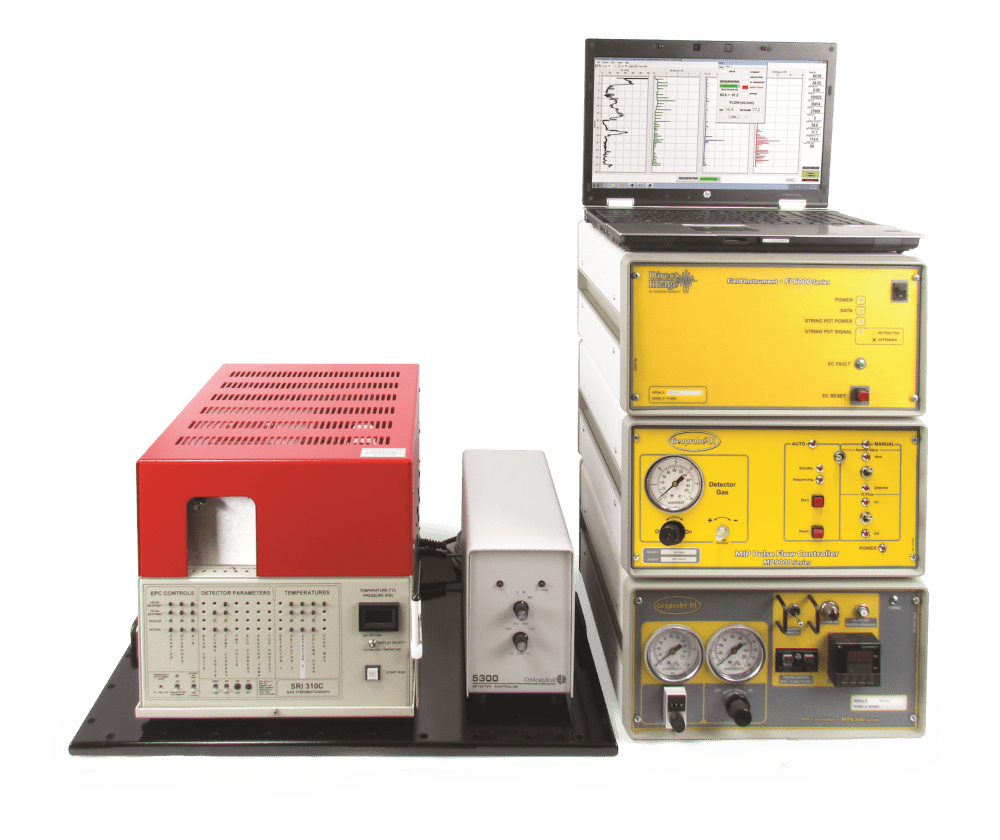
OIP
Optical Image Profiler - This tool produces a detailed log of induced fuel fluorescence. It contains a downhole camera that operates at 30 frames per second (fps) to capture fuel fluorescence. Our acquisition software will then analyze each image for typical fuel fluorescence color.
The results are the percent of the image area (up to 100%) that displays fuel fluorescence. Fluorescence images are saved in the log every 0.05ft (15mm) for review at a later time.
OIP log Interpretation is intuitive, made simple by the saved images to compare to the log. The OIHPT-UV probe contains both 275nm UV and visible LEDs. The OIHPT-G probe contains both 520nm LD and infrared LEDs. With this tool, we're able to automatically and manually capture visible soil images.
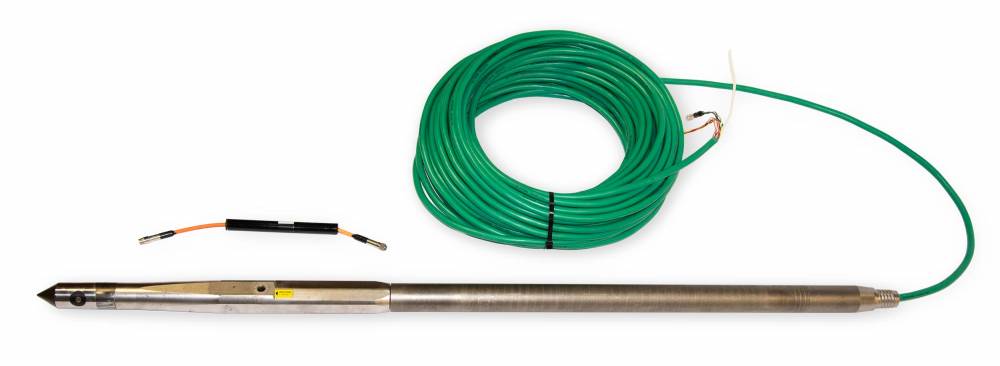

OIHPT-G
Green light OIP tool — This tool operates in a similar manner to the OIHPT & OIP tools; however, it also uses a green laser diode to induce fluorescence in contaminants such as Creosote, Coal Tars, Heavy Crude Oils, and Bunker Fuels. This helps to fluoresce common organic contaminants that yield inconsistent results with standard UV light (coal tars, creosote, bunker fuels).
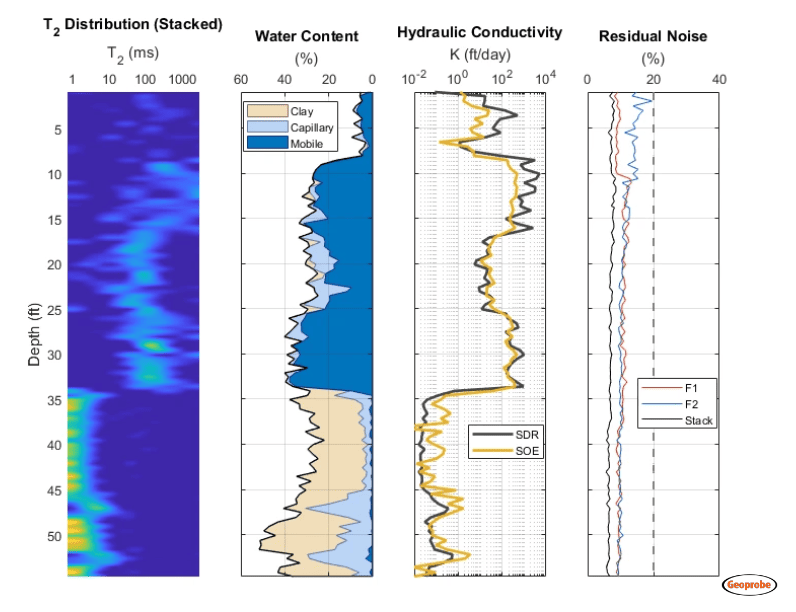
Nuclear Magnetic Resonance (NMR)
The NMR (nuclear magnetic resonance) is a direct push logging tool used to measure aquifer characteristics such as water content, porosity, and relative pore size. The tool uses powerful magnetic fields to affect the hydrogen nucleus of the water molecules causing them to generate an electromagnetic signal for direct characterization. The magnitude of the initial signal is directly proportional to the amount of water within the pore space and the signal decay rate is strongly influenced by the pore size of the formation. This can be used to estimate critical properties governing flow and storage of groundwater, such as aquifer porosity and permeability in fully saturated formations. Additionally, this information can be used for calculations of contaminate mass flux and geotechnical bulk density loading.
HRSC Subsurface Imaging Data
Utilizing our subsurface imaging logging tools & detectors, Eagle Synergistic can assist you with optimizing your investigative phase with live log data, indicating properties such as: soil type, permeability, conductivity, contamination, and more. You can receive this data live on-site or virtually in your office. Our experienced team will assist you with the data and mapping the extent of the contamination in the subsurface.


